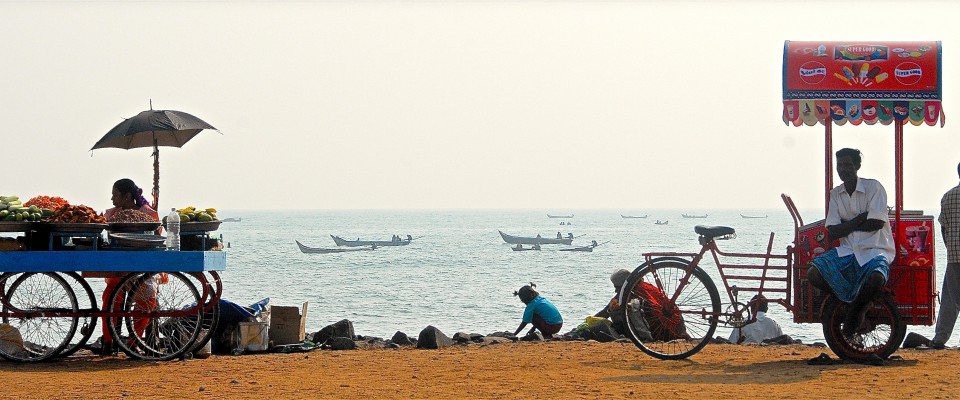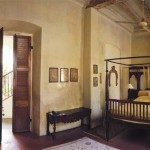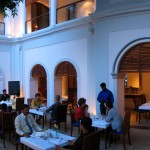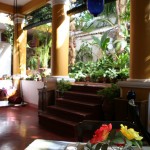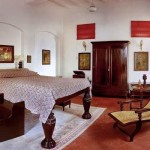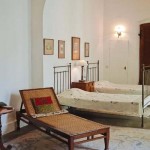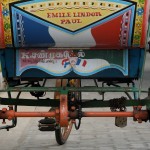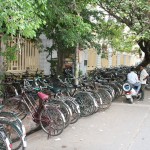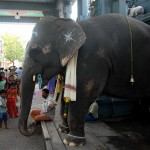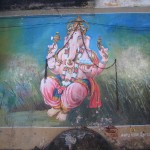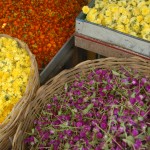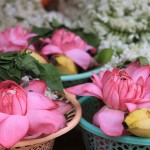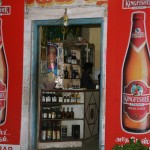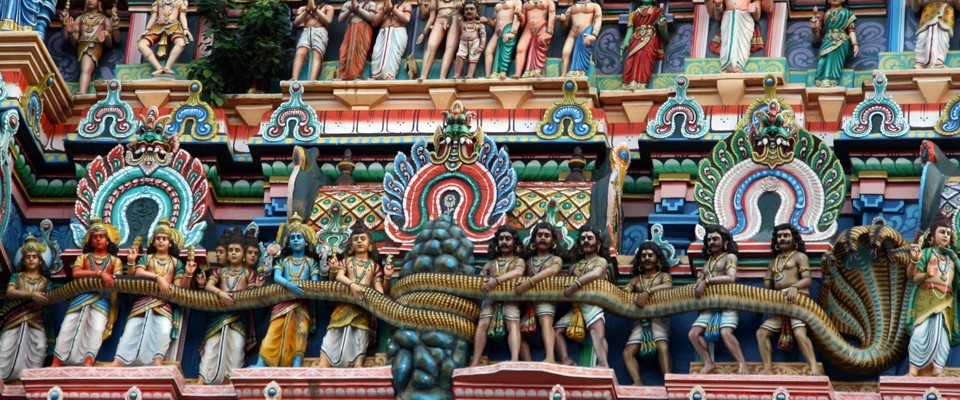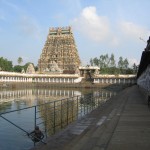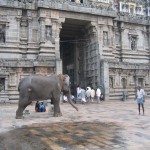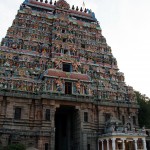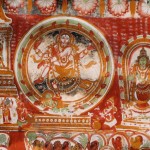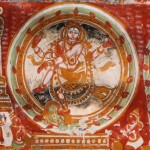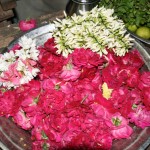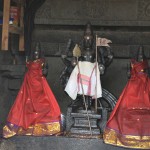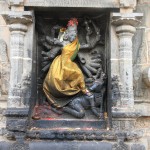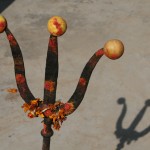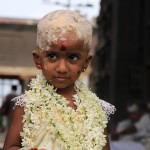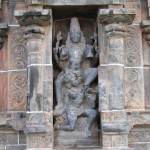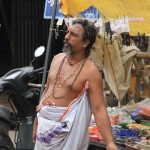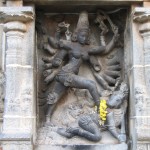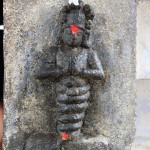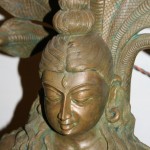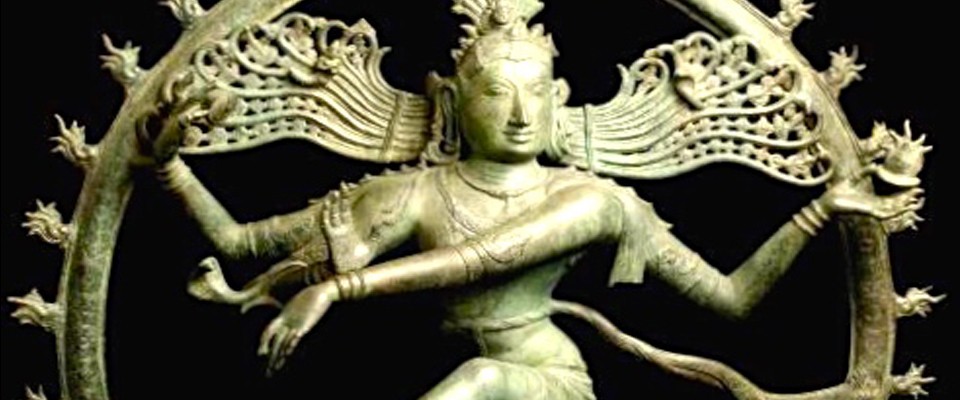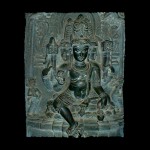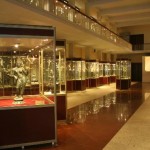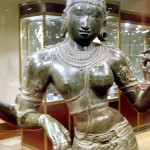Warning: Array to string conversion in /home/ashtangarc/www/wp-content/plugins/carousel-without-jetpack/carousel/jetpack-carousel.php on line 252
Warning: Array to string conversion in /home/ashtangarc/www/wp-content/plugins/carousel-without-jetpack/carousel/jetpack-carousel.php on line 252
Warning: Array to string conversion in /home/ashtangarc/www/wp-content/plugins/carousel-without-jetpack/carousel/jetpack-carousel.php on line 252
Warning: Array to string conversion in /home/ashtangarc/www/wp-content/plugins/carousel-without-jetpack/carousel/jetpack-carousel.php on line 252
Warning: Array to string conversion in /home/ashtangarc/www/wp-content/plugins/carousel-without-jetpack/carousel/jetpack-carousel.php on line 252
Warning: Array to string conversion in /home/ashtangarc/www/wp-content/plugins/carousel-without-jetpack/carousel/jetpack-carousel.php on line 252
Warning: Array to string conversion in /home/ashtangarc/www/wp-content/plugins/carousel-without-jetpack/carousel/jetpack-carousel.php on line 252
Warning: Array to string conversion in /home/ashtangarc/www/wp-content/plugins/carousel-without-jetpack/carousel/jetpack-carousel.php on line 252
Warning: Array to string conversion in /home/ashtangarc/www/wp-content/plugins/carousel-without-jetpack/carousel/jetpack-carousel.php on line 252
Warning: Array to string conversion in /home/ashtangarc/www/wp-content/plugins/carousel-without-jetpack/carousel/jetpack-carousel.php on line 252
Warning: Array to string conversion in /home/ashtangarc/www/wp-content/plugins/carousel-without-jetpack/carousel/jetpack-carousel.php on line 252
Warning: Array to string conversion in /home/ashtangarc/www/wp-content/plugins/carousel-without-jetpack/carousel/jetpack-carousel.php on line 252
Warning: Array to string conversion in /home/ashtangarc/www/wp-content/plugins/carousel-without-jetpack/carousel/jetpack-carousel.php on line 252
The coast of Coromandel, close to Pondicherry, is ideally suited for a charming stay: beaches of white sand, Hindu temple complexes, small fishing villages, the ancient French counter where the past is still present, a stay in a charming hotel – all this will make your Yoga workshop an unforgettable experience.
The town, Pondicherry or Puducherry, is often referred to as Pondy. Pondicherry has a unique architecture, inherited from a mixture of cultures and its French and Tamil colonial past.
Pondicherry has a special ambience and charm, completely different from the rest of India. Formerly a French colony, today it is an Indian territory, 160 km from Chennai (Madras), 100 km from Mahābalipuram, along the Coast of Coromandel, in the Gulf of Bengal. Take a stroll, walking or on a cycle rickshaw, through the charming streets with evocative names, where you can admire the finest examples of colonial architecture.
- Pondichery, Manakula Vinayagar Temple Ganesh painting
Immerse yourself in the old marketplace, at the junction of Nehru Street & Mahatma Gandhi Road, with its surprising fragrances from the fish, fruit, vegetable and flower markets, buy coffee or tea in “The Lakshmi Coffee”, go out for lunch at “Energy Home”, a surprising and absolutely delicious cuisine, 35a, Chety Street. Visit Sri Aurobindo’s ashram in Auroville. Enjoy a French breakfast at “Baker Street”, 123, Bussy Street, or an Indian one in a house with traditional Tamil architecture, the “Maison Perumal”, 44 Perumal Koil Street: dosai, idly, kalapam and uthappam, from 7.30 until 10.00.
Pondicherry is 100 km away from Mahābalipuram, 2 hours by bus or 11/2 hours by car.
